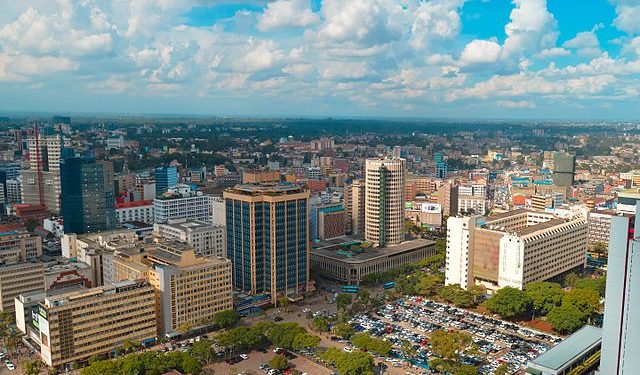Moody’s Investors Service has downgraded Kenya’s local and foreign-currency long-term issuer ratings and foreign-currency senior unsecured debt ratings to Caa1 from B3, reflecting significant challenges in the country’s fiscal consolidation efforts. The outlook remains negative, indicating potential further downside risks.
The downgrade is primarily driven by Kenya’s decreased capacity to implement revenue-based fiscal consolidation, which has been a cornerstone of the government’s strategy to improve debt affordability. Moody’s cited the government’s decision to abandon planned tax increases in favor of expenditure cuts to address the fiscal deficit. This policy shift, influenced by recent social unrest, is seen as a substantial deviation with significant implications for Kenya’s fiscal health and financing needs.
“We now expect the fiscal deficit to narrow more slowly, with Kenya’s debt affordability remaining weaker for longer,” Moody’s stated. “Larger financing needs stemming from a wider deficit increase liquidity risk against more uncertain external funding options.”
The negative outlook underscores the risks associated with government liquidity. Moody’s projections continue to foresee a gradual narrowing of the fiscal deficit through spending cuts. However, the anticipated pace is slower than previously assumed, heightening concerns about liquidity and the availability of external funding.
“Slower fiscal consolidation would risk constraining external funding options even more, including diminishing support from multilateral creditors which have been the largest source of external financing since 2020,” Moody’s warned. “Larger financing needs would risk reducing domestic appetite for government securities, which would challenge the government’s ability to continue servicing domestic debt.”
Moody’s highlighted the challenges Kenya faces in implementing expenditure-driven fiscal consolidation. The government’s plan includes reducing spending by KES 177 billion (approximately 1% of GDP) and dissolving 47 state corporations with overlapping functions. Additional measures include suspending new hiring for a year and auditing public payrolls to expedite the retirement of workers above the retirement age.
“Spending cuts will still fall heavily on discretionary items like operations and maintenance and development spending,” Moody’s noted. “Further cuts will likely have a negative economic impact.”
The revised fiscal strategy has increased Kenya’s borrowing requirements, exacerbating pressure on domestic borrowing costs and liquidity risks. Moody’s estimates that the government’s borrowing needs for fiscal 2025 will be significantly higher than initially projected, driven by larger fiscal deficits.
“The average interest rate on newly issued Treasury bonds in fiscal 2024 was 17.8%, up from 14.4% in fiscal 2023,” Moody’s observed. “Uncertainty over the fiscal trajectory is also likely to weigh on investor sentiment and the government’s ability to access alternative sources of external financing at moderate costs.”
Kenya’s exposure to environmental and social risks further complicates its fiscal outlook. High levels of poverty, health risks, and vulnerability to climate events are significant concerns that constrain the country’s economic resiliency and governance effectiveness.
Moody’s indicated that an upgrade of Kenya’s rating is unlikely in the near future. However, the outlook could be stabilized if fiscal consolidation efforts effectively limit the deterioration in debt affordability and if the government demonstrates an ability to meet its financing needs without increasing borrowing costs.
Conversely, a downgrade could occur if Kenya faces difficulties in securing funding at manageable costs, potentially leading to a debt restructuring scenario.


















